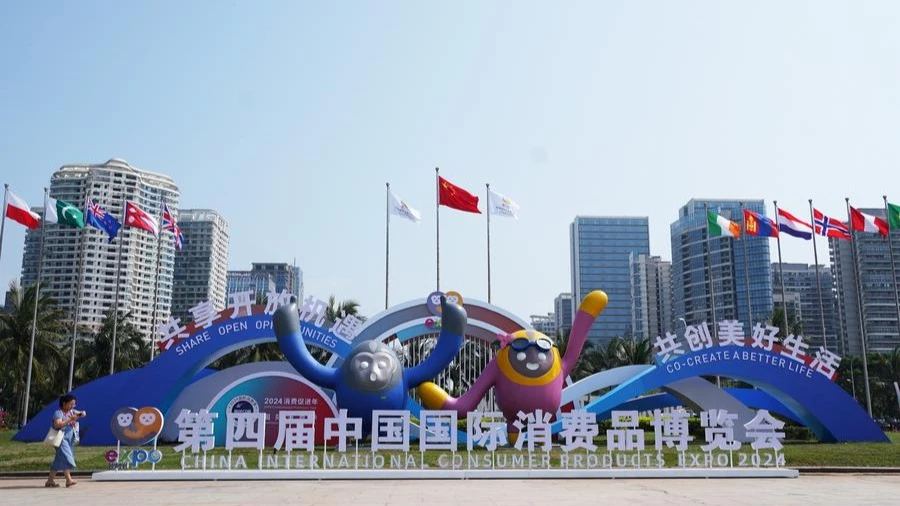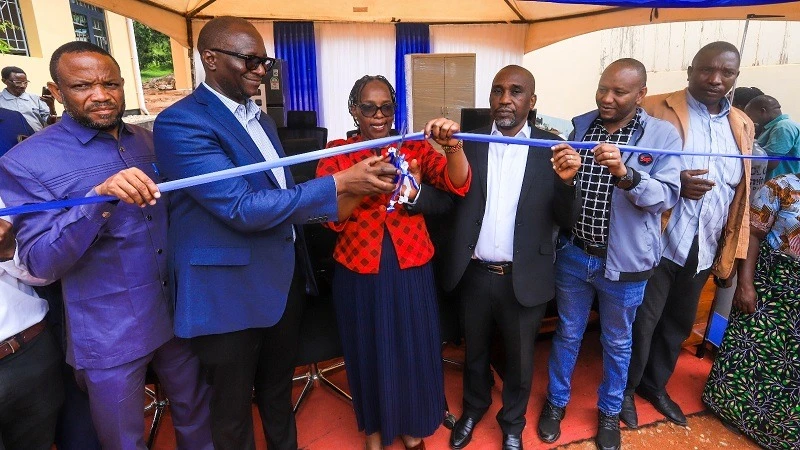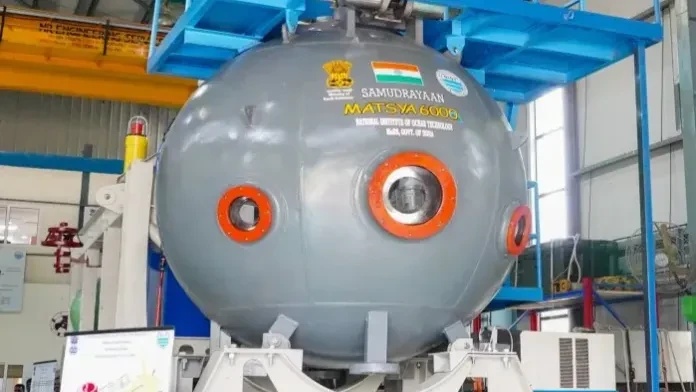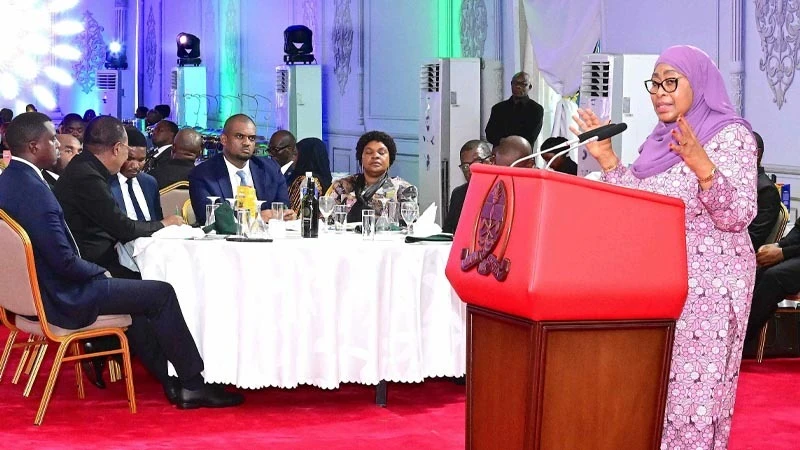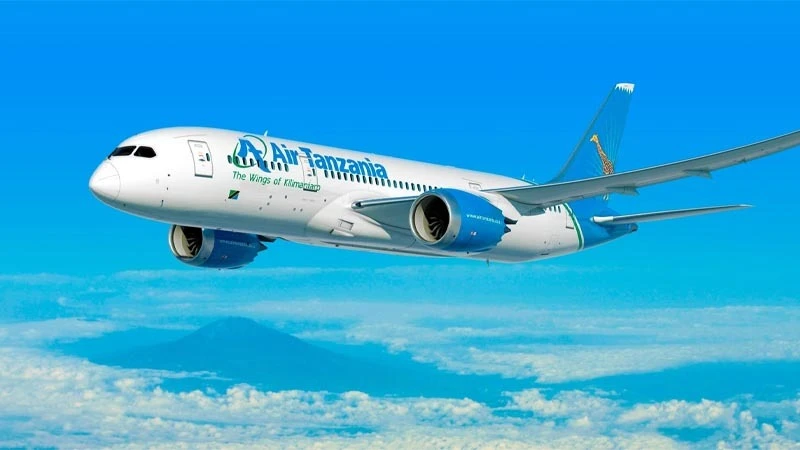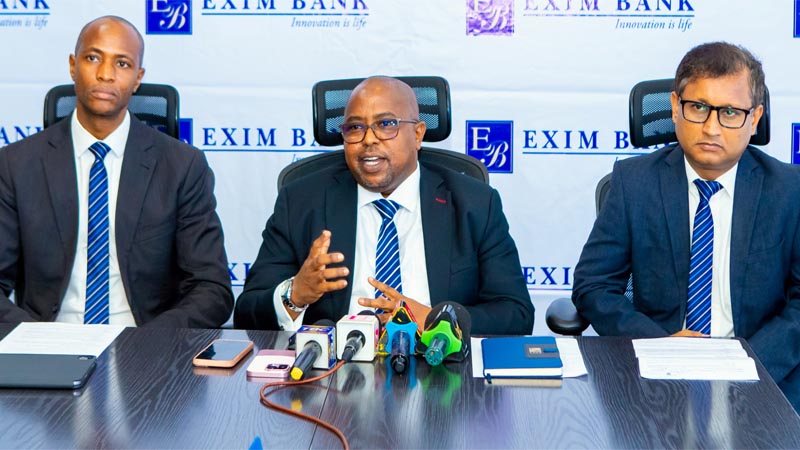Closed Buzwagi mine now shifts to a budding industrial zone
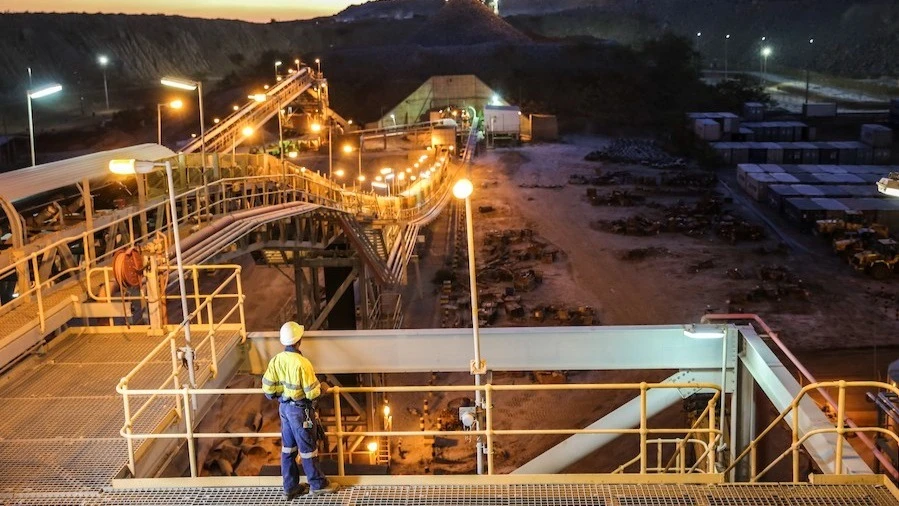
CLOSURE of the Buzwagi mine has given way to starting building factories in that area as it is being developed into an industrial zone, the Tanzania Mining Commission has stated.
Ramadhani Lwamo, the commission’s acting executive secretary, said in remarks to journalists in Dar es Salaam yesterday on the regulator’s operational successes focusing on its regulatory functions.
He explained successes in rolling out strategies to control the use of mercury in mining operations as involving providing education, while small-scale miners are willingly adopting alternative technologies explained this projection
He said that growth in the mining sector is expected to boost government revenues and raise its contribution to the Gross Domestic Product (GDP) to 10 percent by next year, up from the current 9-0percent, the regulatory agency says.
The commission expects to collect revenues totalling 1trn/-, which averages 83.33bn/- in monthly collections for fiscal 2024/25, he said, pointing at the current 9.0percent contribution to the GDP, from an estimated 4.5 percent in the past few years, he said.
“While 9.0 percent might seem small when looking at the percentage, in reality, reaching this figure reflects significant efforts,” he stated, elaborating that a total of 1,036 local content plans were approved out of 1,050 submitted to the commission since 2021.
The sector has generated 19,356 jobs with 18,853 positions (97.40 percent) held by locals and 503 office posts (2.60 percent) being handled by expatriates, he stated, elaborating that senior positions in mining operations are now largely held by locals compared to earlier periods.
Produce valued at $3.78bn was sold from mining operations, with local firms accounting for $3.46bn (91.68 percent) and foreign sellers putting up $0.31bn (8.32 percent), he stated.
He affirmed a positive trend in the issuance of mining licenses, with 34,348 licenses issued from fiscal 2021/2022 to the current financial year, while 37,318 licenses.
Four major licenses were granted to Mamba Minerals Corp. Ltd, Tembo Nickel Refining Co. Ltd, Sotta Mining Corp. Ltd, and Graphite Corp. Ltd, where the commission conducted inspections on nine large mines, 144 medium-sized mines and 47,535 small mines, he further noted.
“We’ve inspected explosives’ storage and warehouse facilities to ensure the safe construction and use of dams for tailings, while promoting safety training in the workplace and environmental conservation for large, medium and small miners,” he explained.
The outcomes of these strategies include increased revenues, strengthened sustainable mining, reduced smuggling of minerals and fewer conflicts arising from overlapping license applications, he said.
Strategies aimed at addressing challenges include providing education, resolving conflicts and dealing with operational equipment issues, where 25 vehicles have already been received in the first phase for site visitations, he said.
In the first quarter of this financial year, from July to September, revenue collection amounted to 257.8bn/-, being 103.1 percent of the target for that period and 25.7 percent of the overall fiscal year target, he said.
Any license issued for mining is granted according to the law, he said, urging prospective miners to respect conditions of issuing licenses to stem complaints of invasion of mining areas.``
Establishment of mining markets followed the challenge of small miners lacking proper sales outlets, leading to rampant smuggling, he said, noting that previously, large companies had their own markets but now they do not sell in those markets, although the law does not prevent them from doing so.
After the construction of the Mirerani wall, significant achievements were made in reducing tanzanite smuggling, thanks to 24-hour security measures, he stated, underlining that even without updated details, production in all the mines has significantly increased.
It is conducted mainly by the mines and environmental inspection unit, regularly conducting inspections to ensure that mines operate within the boundaries of their licensed areas, he added.
Top Headlines
© 2025 IPPMEDIA.COM. ALL RIGHTS RESERVED





